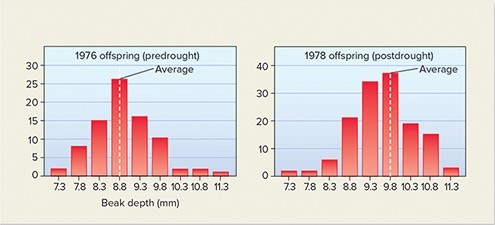Which statement about the regulation of respiration is FALSE?
a. Respiratory centers in the medulla control the transition from inspiration to expiration.
b. Carbon dioxide concentration is the most important chemical stimulus for regulating respiratory rate.
c. Chemoreceptors in the walls of various arteries are sensitive to carbon dioxide levels in the blood.
d. A group of neurons in the ventral medulla only become active when we need to breathe forcefully.
e. Chemoreceptors may be sensitive to oxygen, carbon dioxide, and/or hydrogen ion concentration.
a
You might also like to view...
The protein chains in a complete antibody molecule are connected to each other by ________ bonds.
A. ionic B. disulfide C. peptide D. None of the choices are correct.
The collarbone is the
a. tibia. b. patella. c. scapula. d. clavicle. e. tarsal.
An epidemic in which the disease is passed from person-to-person is referred to as __________.
A) a common source epidemic B) a propagated transmission epidemic
Peter and Rosemary Grant study natural selection in finches on the Galápagos Islands. They have hypothesized that dry condition produce larger seeds and may result in larger beaks in succeeding generations of finches. The figure below shows their data from 1976 and 1978. The y-axis is the number of birds measured and the x-axis is the beak depth. Do their data support their hypothesis and why? 
A. No; because in 1976, before the drought, the largest beak depth was still 11.3mm. B. Yes; because the average beak depth of birds in the population increased from 8.8mm in 1976 to 9.8mm in 1978. C. No; more data would be necessary to show a support of their hypothesis. D. Yes; because there were more birds measured in 1978 after the drought, therefore they must have been able to get food and reproduce. E. No; because even though more birds were measured in 1978, the beak size of the upper range was smaller.